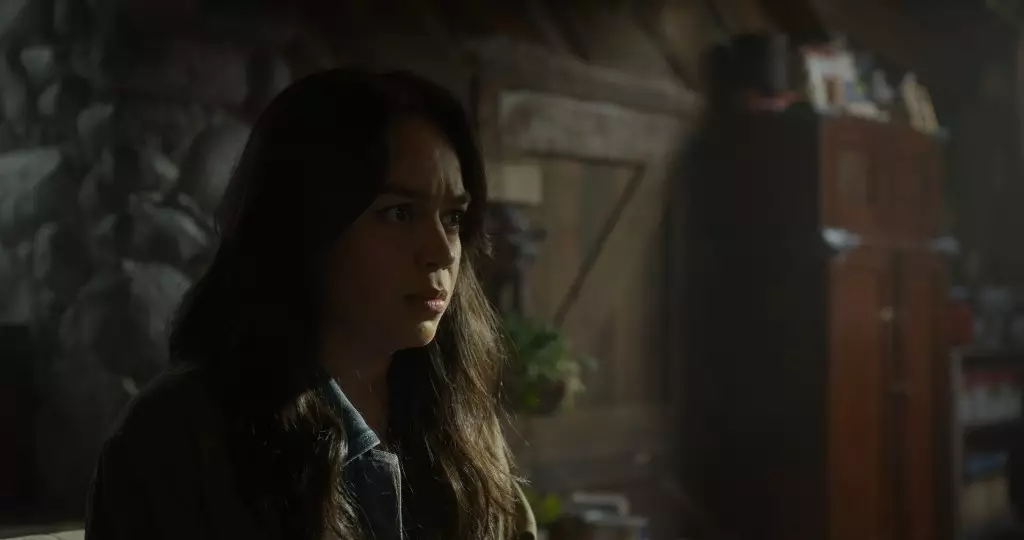The anticipation surrounding the latest entry in the Final Destination series, titled *Final Destination: Bloodlines*, is palpable, especially as fans celebrate the franchise’s 25th anniversary. The film, set to debut on May 16, promises to breathe new life into a beloved horror classic by taking viewers on an unforgettable journey that deviates from the familiar formula. The creative vision of director Zach Lipovsky, in collaboration with Adam Stein, is set to not only honor the legacy of its predecessors but also innovate the narrative style that fans have come to expect.
Innovative Storytelling: A Glimpse into the Past
One of the most thrilling aspects of *Bloodlines* is its distinctive approach to storytelling. By commencing the film with a premonition from 1969, Lipovsky and Stein aim to create a fresh perspective on the notion of fate and inevitability. Traditionally, Final Destination films have opened with gripping sequences of impending doom—a hallmark of the franchise known for its elaborate death scenarios. This new installment, however, juxtaposes past and present, inviting audiences into an intricate web of narrative complexity. The intense premonition serves not only as a catalyst for the plot but also as a nostalgic nod to loyal fans. The blend of historical elements with contemporary storytelling can potentially enrich the lore of the series, offering deeper insights into Death’s ruthless mechanics.
The Element of Surprise
The core of any engaging horror film lies in the unexpected. Lipovsky emphasizes that *Bloodlines* thrives on unpredictability, which is perhaps its most exciting attribute. Audiences are often conditioned to predict character deaths based on established patterns. However, this latest chapter seeks to upend those expectations. By playing with viewer assumptions—covertly shifting the spotlight from anticipated victims to unexpected casualties—the filmmakers encourage audiences to remain on the edge of their seats. This strategic redirection fosters an immersive experience, one that not only shocks but also energetically engages viewers, allowing them to invest further in the story.
Character Depth Amidst Chaos
*Final Destination: Bloodlines* also shifts the focus toward character psychology, centered around Stefanie, a college student haunted by a relentless nightmare. Her quest to uncover the truth and save her family amplifies the stakes, merging personal trauma with supernatural horrors. Unlike in previous films, where characters often felt more like puppets of fate, this installment allows for deeper exploration of motivated actions and emotional responses. The audience is not merely a spectator to Death’s game; they become part of a narrative inquiry into fate, free will, and the human condition.
A New Chapter for Horror Aficionados
The combination of retro influences and modern filmmaking techniques positions *Final Destination: Bloodlines* to resonate not just with fans of the franchise but with a broader audience including newcomers to horror. The movie’s bold narrative choices and emphasis on surprise could pave the way for a revitalized approach to genre storytelling. The film industry has seen a resurgence of interest in horror, and this installment could very well be a seminal moment for revamping a classic franchise while keeping it relevant and fresh. As we inch closer to its release, all eyes will be on how *Bloodlines* melds the past with an evolving narrative landscape.

